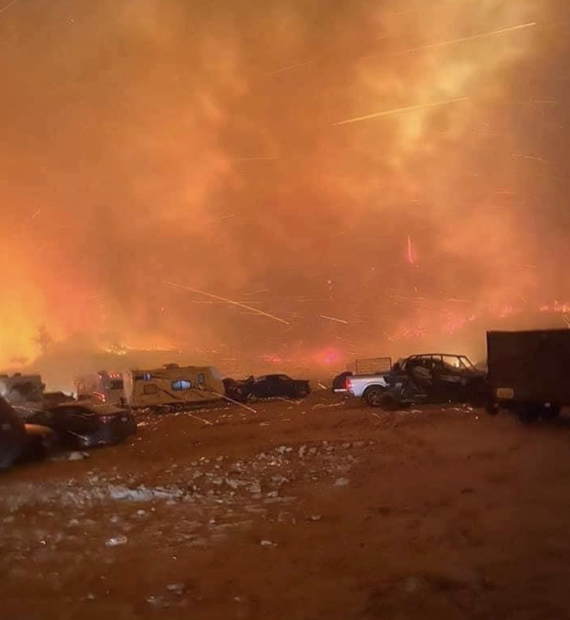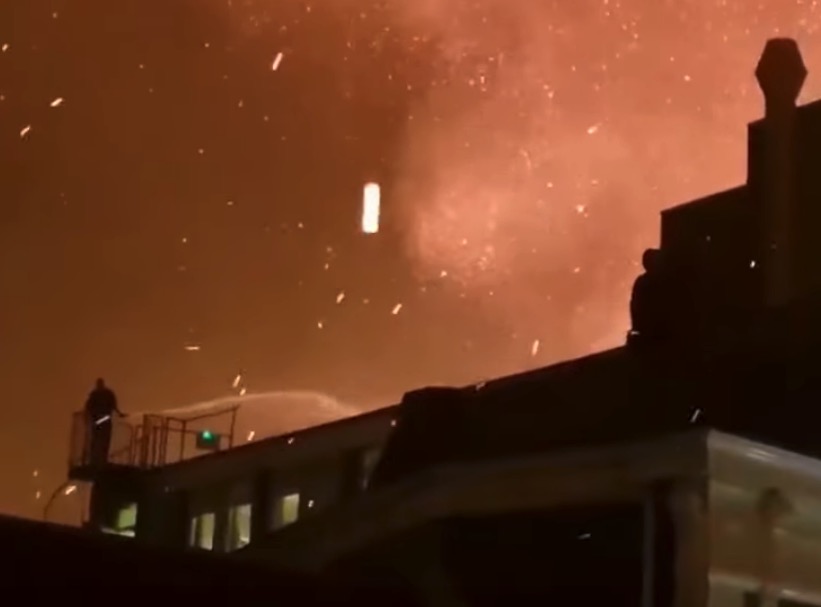News about vegetation fires in Australia
*****
South Australia bushfire on the Fleurieu Peninsula
A fire in South Australia is being fought by more than 100 firefighters with the help of six air tankers.
From 9news:
An out of control bushfire on South Australia’s Fleurieu Peninsula is believed to have been started by an angle grinder.
The Country Fire Service on Monday made 71 aerial water drops on the 280-hectare fire near Mt Terrible Road and Louds Hill Road which was travelling in a westerly direction towards Sellicks Hill. By Monday evening the fire had shifted northwest towards Plains Road, Chaff Mill Road, Culley Road and Rogers Road.
Outlook for Victoria bushfire season upgraded
From the AAP:
Victoria’s bushfire season has been upgraded from above normal to major for 2014-15 following record warm October weather. Record-breaking heat and an ongoing warming trend in southern Australia have worsened the state’s fire warning, a new Climate Council report released on Tuesday said.
“These types of conditions drive up the likelihood of very high fire danger weather in Victoria this season,” report author Lesley Hughes said.
Residents of Victoria: “leave and live”
From ABC:
A new safety campaign has been launched for this year’s Victorian bushfire season. The campaign, titled ‘Leave and Live’, encourages Victorians to leave their homes early instead of taking a wait-and-see approach. Premier Daniel Andrews said the expert advice was it would be a long, hot, dry and dangerous summer.
He said nobody could expect Country Fire Authority crews to be door knocking homes when they were trying to fight fires.
“This campaign we’re about to launch is an attempt, and I think it will be successful, in driving home the message that the Government and its agencies have a job to do and will get on and do that but the community has a responsibility as well,” he said.
He said lives were lost by those who left too late.
City of Bunbury warns of ember attack
From ABC:
The City of Bunbury has changed its bushfire message to warn all residents they are at risk of an ember attack.
[…]
City’s spokesman Chris Widmer said Bunbury was not immune from the threat of fires.
“I guess the critical change to the message we have this year is that everyone is at risk from ember attack but if you are within 100 metres of any bushland, then you need to be concerned about the addition to radiated and convected heat from bushfires nearby,” he said.
“We’ve now done some assessments on bushfires risk using Australian standards and we can tell everyone in the City of Bunbury they are at risk from ember attack, which means they could lose their homes through embers from a nearby fire.


